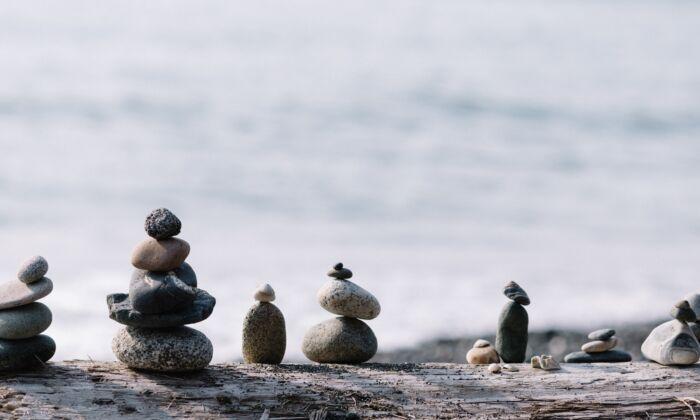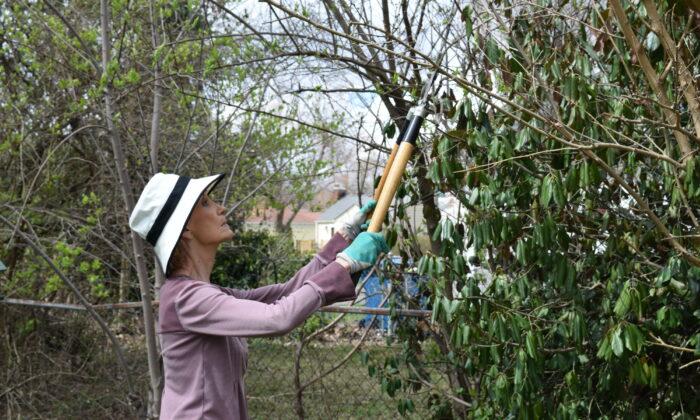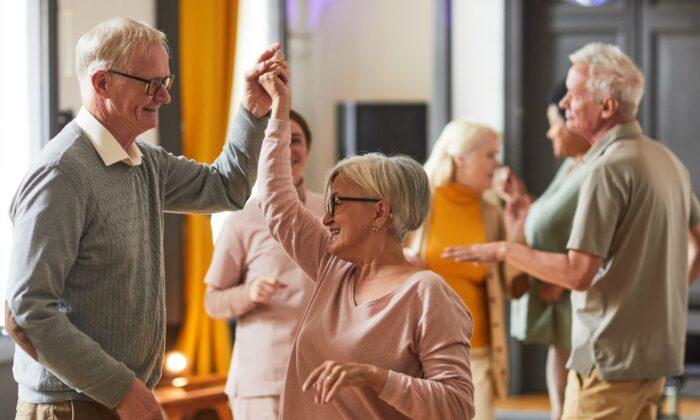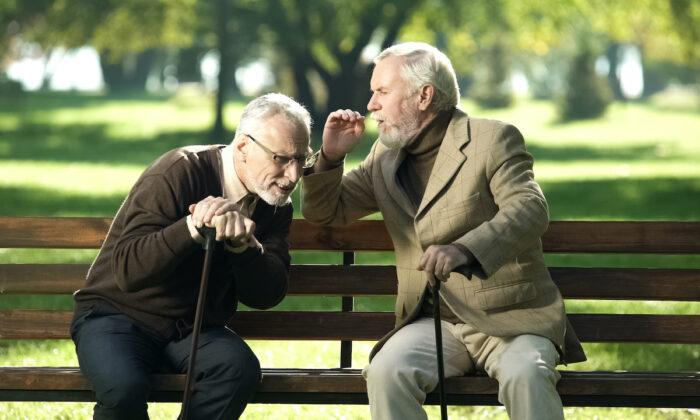Amid school, career, marriage, and kids, we’re prone to forget about how spending time in nature completes us as human beings. So busy with life’s pressures and pleasures, we often forget the simple, natural things that will restore us and bring us real joy and peace.
When furloughed from my job in March 2020, I began to look around and wonder how I could use my creative energy to beautify my surroundings. Outside, I saw much that needed improvement, and I noticed rocks randomly strewn all over the yard. It looked as if someone had left my childhood rock collection discarded in disarray.
If not for the COVID quarantine, I might never have rediscovered the fantastic hobby called “rockhounding,” the practice of searching for and collecting rocks, fossils, or minerals. I had done it in my childhood, as many of us have. I remember my mom was often frustrated with all the rocks I collected and stored in my bedroom closet. I couldn’t remember what happened to them. I imagined they were lost in the shuffle of multiple moves.
‘Set in Stone?’
As I worked with my rocks, I thought I needed to learn more about them. I knew that rocks were great historians; they tell us where they came from, how old they are, and the conditions on Earth that formed them. A rock is a record of the environment in which it originated.I find it fascinating that rocks were used as memorials in many different times and places in ancient history. Way back then, rocks were sometimes named as witnesses to an agreement or official document. The most enduring ancient records are written in stone. In fact, our key to understanding languages of the ancient world came from the Rosetta Stone, with its decree about a new ruler written in ancient Egyptian and ancient Greek.
There is this phrase, “It’s not set in stone.” We know that means that whatever it is hasn’t been confirmed, settled, agreed upon, or finalized. But, once “set in stone,” we’re bound to it.






